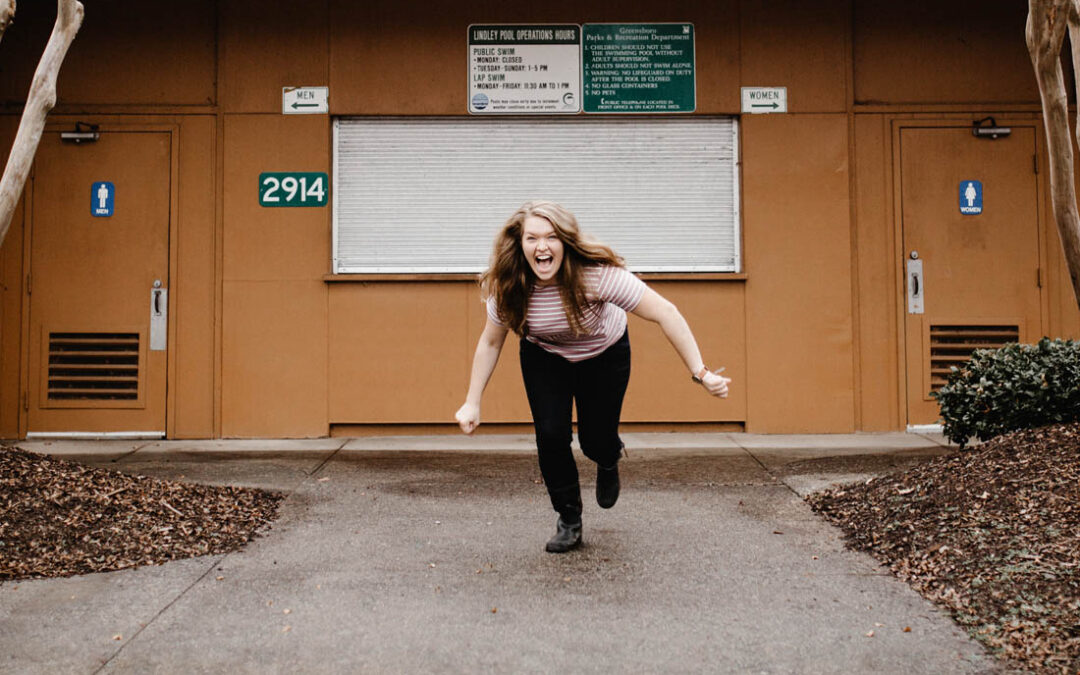
The race is on: thousands expected to rush to apply for first home loan scheme
If you’re thinking of taking advantage of the new First Home Loan Deposit Scheme then you better act quick, as thousands of first home buyers will likely rush to apply for the 10,000 guarantees available.
When the scheme first kicked off between January 1 and 10, more than 3,000 first home buyers applied for one of the 10,000 spots up for grabs this financial year – and places in the scheme for the 2019-2020 financial year are now full.
So it’s fair to assume we’ll see similar numbers jostle for one of the 10,000 spots when the scheme restarts on July 1.
Under the new federal government scheme, first home buyers must find a home within 90 days of approval.
The Commonwealth Bank (CBA) and the National Australia Bank (NAB) have been allocated a total of 5,000 places.
Another 5,000 spots will be available with 25 smaller lenders.
After those spots have been filled, first home buyers will have to wait until the new financial year on 1 July 2021 when another 10,000 places will become available.
What exactly is the First Home Loan Deposit Scheme?
Ok, so usually first home buyers with a deposit of less than 20% pay Lenders Mortgage Insurance (LMI) when taking out a home loan.
But under the government scheme, first home buyers with only a 5% deposit could be eligible to purchase a property without having to pay for LMI – which could save them as much as $10,000.
Now, it’s important to note this is not a handout – it’s a government guarantee to help first home buyers break into the property market with a smaller deposit.
In order to be eligible first home buyers can’t have earned more than $125,000 in the previous financial year, or $200,000 for couples (and both need to be first home buyers).
More details on eligibility can be found on the scheme’s website www.nhfic.gov.au. You can also check out the property price caps here.
Want to find out more?
If you’re thinking about purchasing your first home soon and are considering applying for this scheme – give us a call today.
We’d love to run you through the scheme in more detail and, if you’re eligible, help you apply for it through one of the scheme’s participating lenders.




